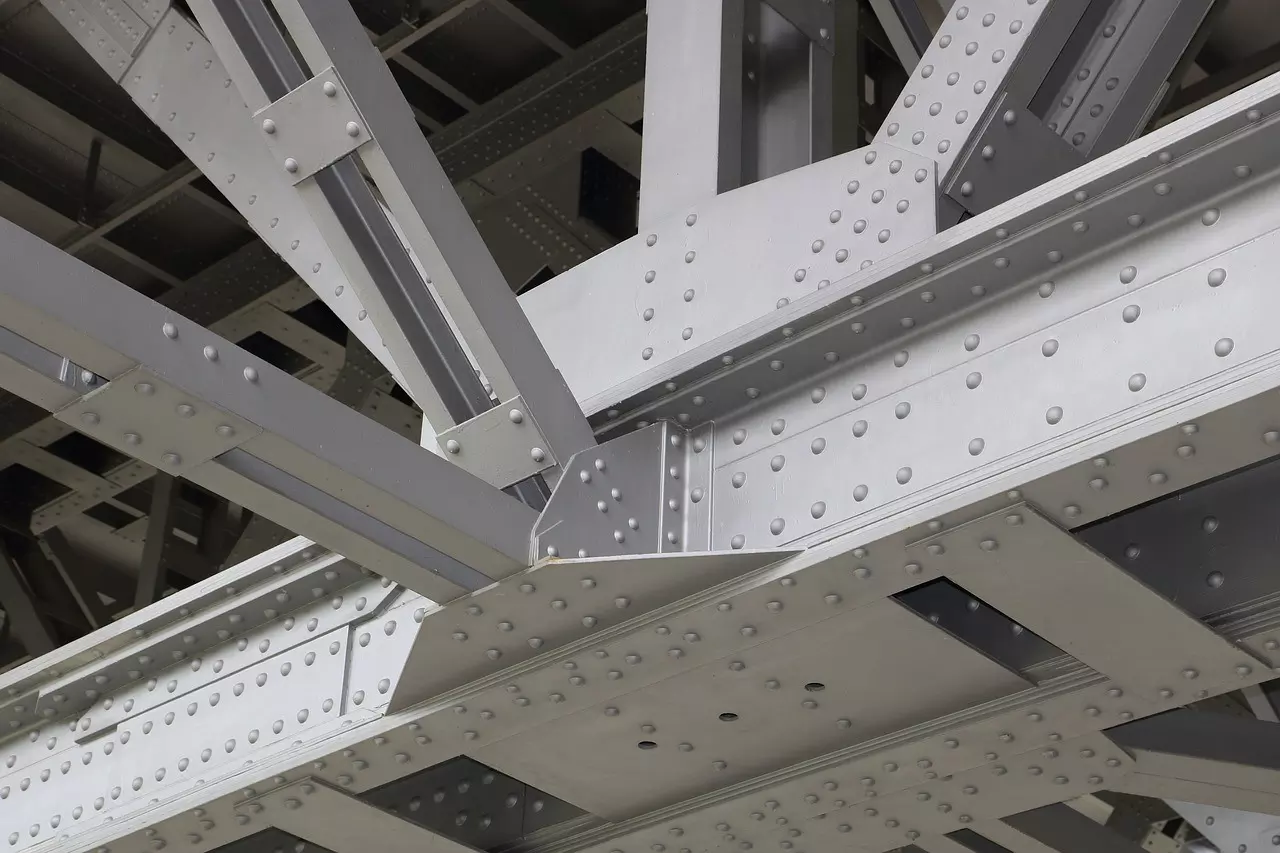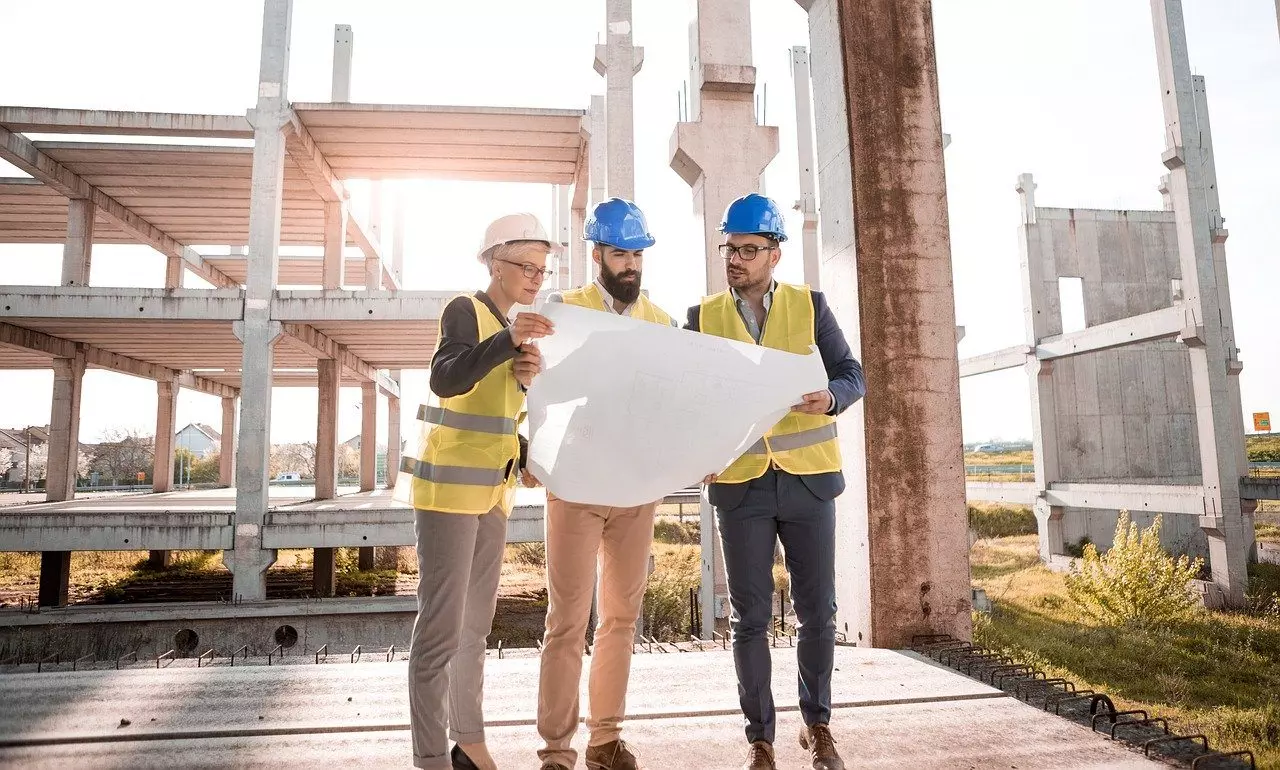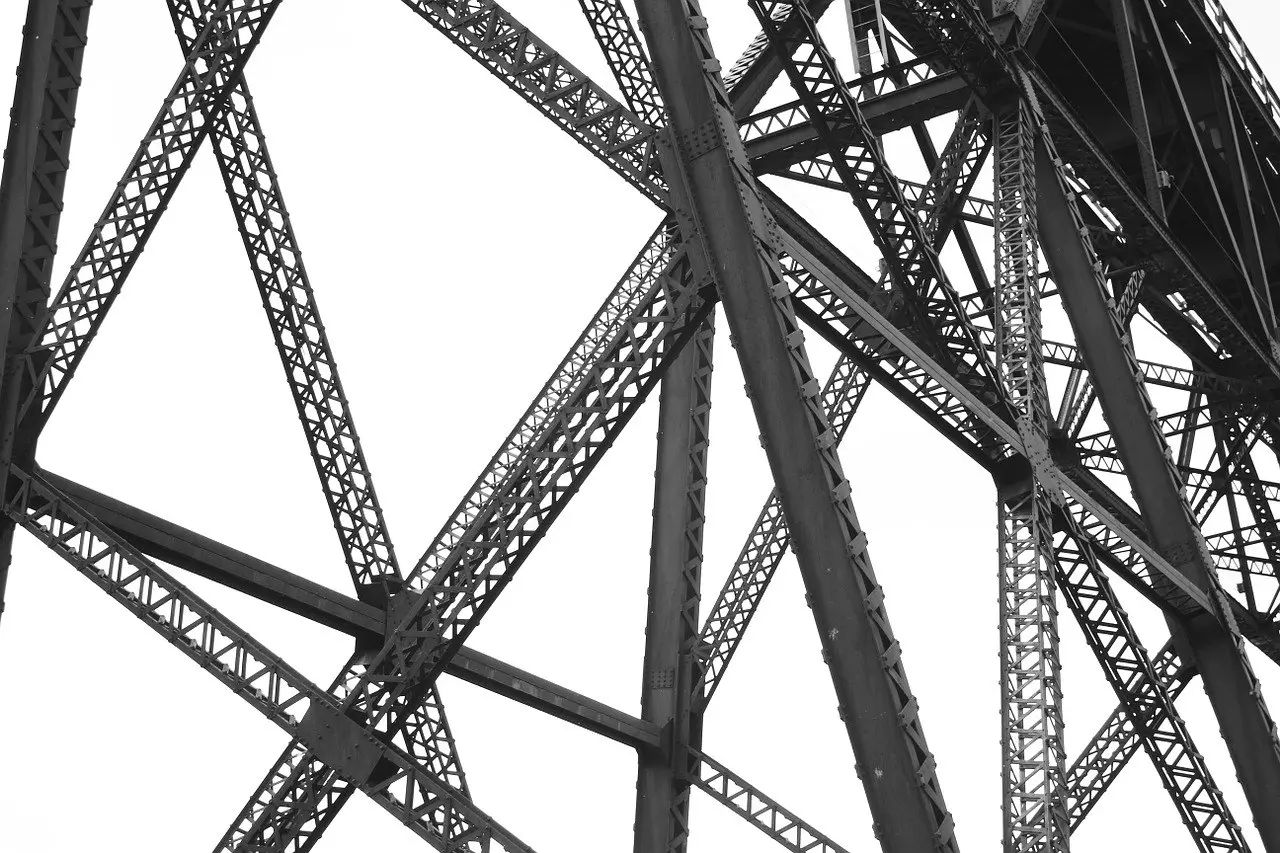If you are interested in architectural steelwork, you will want to know what are the types of steel structures? Find out more about structural steel and the common uses below.
This article outlines the different applications and various steel structures and benefits that high-strengthening steel shapes offer different construction industries.
What is structural steel
Structural types of steel are well known for providing strength and structure, unlike any other material when it comes to construction.
The likes of various types of wood or concrete do not match the durability, strength and potency that structural types of steel provide. More often than not, structural steel is the construction industries design material of choice, the majority of people prefer the various advantages of steel.
Various types of structural steel buildings tend to be constructed using multiple steel frame shapes, such as single slope, modular and clearspan.
Because structural steel frames are much less time-consuming and more manageable when it comes to building and construction, steel also has numerous other advantages, like corrosion resistance. Steel is much sought after for builders when constructing buildings for its above standard strength.

The Structural steel chemical composition is weight-bearing, versatile, cost-effective, low corrosion and robust and is an alloy of iron and carbon; it contains less than 2% carbon and 1% manganese. It also contains small amounts of phosphorous, silicon, oxygen and sulphur.
Steel is known for being the world's most important construction and engineering material. Structural steel is graded as a classification method and is usually categorised into four groups: Tool, Stainless, Alloy and Carbon. Standard Carbon Structural steels only contain trace amounts of elements besides iron and carbon. Accounting for 90% of the worlds steel production, this group is the most common.
When it comes to construction, structural steel shapes can create steel structures like no other building materials. No other construction material has the strength, durability, resistance to corrosion and potency that steel has. Due to the different benefits, structural steel has undoubtedly become the preferred choice for construction applications due to its excellent benefits and high quality.

The buildings that are constructed from steel structures require a varied array of steel structural frames. Also, building with steel entails much less time, making it the most sought after and advantageous way of constructing steel structures.
What are the Types of Steel Structures ?
There are different types of steel structures . See below for a brief outline.
Steel Built-up Sections, two or more steel members are used to form built-up members. When a single rolled steel section can not fit the required area, then built-up steel sections will be used.
The steel wire types of structural steel tension members are used for suspension bridges, guy wires and hangers, rigging slings and derricks.
Round and square steel bars are often used as smaller tension members. Round bars with a threaded end are used with pin-connections at the ends in place of threads.
The ends of plates or rectangular bars are bored to form eye bars and enlarged by forging. These bored eye bars are used with a pin connection. A noticeable sag under the self-weight bearing steel rods and steel bars have the disadvantage of inadequate stiffness.
These are structural elements that carry a high weight-bearing load or are forced together; industrially, they are put through only to axial compressive forces. This procedure means the high loads are implemented on the longitudinal axis, then through cross-section centroid members. The weight over the cross-sectional area takes the stress on the compressed member. In buildings, columns and posts are usually always compression members, likewise so are the top chord of trusses.
These different shapes are known as steel tee-sections and steel angle sections and are used as tension members. Steel angle sections are far more rigid than bars, rods and wire ropes. The single area becomes more flexible when the length of the member is tooling.
Sometimes, during construction, different steel Ibeam-sections are used as tension members. Steel I-beam-sections are more rigid, and if single steel Ibeam-sections are used, they can be more economical than a built-up section.
A truss system is primarily a triangulated system of ordinarily straight interconnected structural components; it is sometimes also known in the construction and steel industry as an open web girder. The high-quality individual pieces are connected at nodes; it is assumed that the connections are pinned together.
A framing system is a form of construction support utilised to resist gravity (vertical forces) and lateral pressures like earthquakes and winds against a building. Framing structures distribute and carry the structural loads that can occur above the earth's surface.
Many structures use built-up members, such as supporting columns and compression members of trusses. They are made from four rolled angles, or two rolled U-sections. The distance between them is fixed by battening or lacing.
Shell structures widely are used in building construction; they are a thin, curved plate structure. They are shaped in a way to transmit the applied forces by shear stresses, tensile, compressive and shear stresses that act in the flat of the surface. Shell structures are quite often constructed of steel mesh reinforced concrete. A thin-shell form is a lightweight construction using shell elements. These elements are assembled to make large structures and are typically curved. Typical uses for a thin-shell structure include aircraft fuselages, boat hulls, and large buildings' roofs.
The main elements that support the load of building structures, for example, sheet diaphragms, grids, chains, cables and wires etc. These elements are subject only to forces of extension. Suspension structures, for example, bridges and suspended floors which exist under extreme conditions of extension, making it possible for the full use of mechanical properties of any high-strength materials, for example, Kapron Filaments or steel wires; because they are lightweight it makes it possible in the construction industry to cover structures that have extensive spans.
Suspension structures are relatively simple to erect; they are steadfast and are renowned by architectural expressiveness. Their shortcomings, however, include high susceptibility to deformation from the presence of thrusts and under local stresses. Anchor foundations or as they are also known within the construction industry as contour structures, these are rings that form a belt around the circumference of the frame are used to absorb the thrusts. Constructors can introduce stabilising elements like additional booms, stiffening beams, cross stays, or guy wires will reduce the susceptibility of structures prone to deformation. They also give the structure a form that will permit prestressing. A Geometrically invariable suspension structure made from (guys) rectilinear elements is called a guyed structure.
Suspension structures may be either spatial or plane. The simplest forms of plane structures are a wire fastened to supports and suspended elements that take the local stress. A modern plane suspension structure is used mainly in overpasses for pipelines and bridges, roofs and ropeways.
This article asks: What are the types of steel structures? If you want to find out more about architectural steelwork in London , visit our website to find out more about our structural steel services.
Are you looking for RSJ steel beam suppliers in London and the surrounding areas? Follow the link below to discuss your project.

